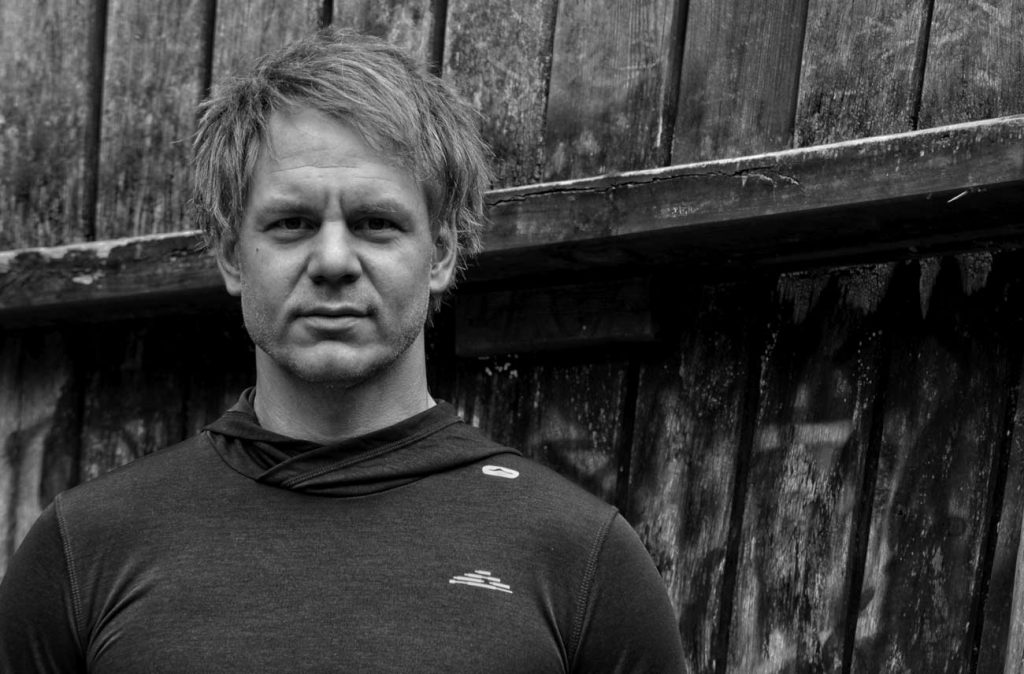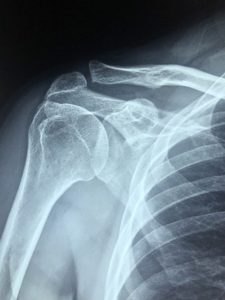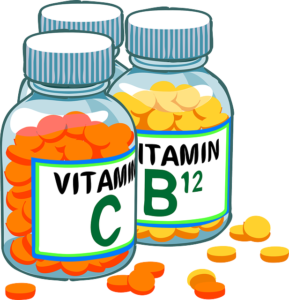The pain relieving expert calms and clarifies: Pain when breathing, you have trouble breathing or you feel a tightness in your chest. What if there was a simple explanation?
Heart attacks, lung cancer or other serious diseases can trigger such symptoms, that’s well known. However, it may also be that “only” the chest muscles and the diaphragm are the cause of breathing pain. And there is quick relief for that. Urgent note: Breathing pains are delicate and should always be clarified by orthodox medicine. But back to the topic.
During inhalation, the diaphragm descends, which increases the volume in the chest cavity. At the same time, the organs of the abdominal cavity are pushed down and the abdomen bulges out. A negative pressure is created, which allows air to flow into the lungs and enables inhalation. The reverse is true for exhalation.
Resolution: The diaphragm follows the same laws as any other muscle in our body. This means that if it is not moved enough, it can become unyielding (“shorten”) in certain fibrous areas and thus build up an unnaturally high tension. This impedes breathing in and especially breathing out, because the diaphragm has to give way smoothly. If it does not, pain can develop and the breathing volume of your two lungs decreases. Breathing pain is often nothing more than painful movement of the muscle that is responsible for the breathing movement.
It’s as if you had pain in your back, shoulder or neck – but now in the area of the diaphragm. And, here’s the good news, it’s quite simple to “fix”. Why is the diaphragm not moved enough these days? Very simply explained: the modern, western lifestyle.
In combination with too little deep inhalation and exhalation and too little movement of the torso. Maybe you spend hours sitting down every day. How many hours a day do people sit? With their gaze constantly directed forward? Forearms permanently at a 90-degree angle to the upper body? Muscles and fasciae in the upper arm and shoulder gradually adapt to this monotonous position.
The entire muscular-fascial network from the shoulder to the diaphragm now becomes unyielding and at a certain point no longer smoothly follows the gentle up and down sliding of the ribcage during breathing. When this happens, the body reacts with stabbing pains that run from the shoulder to the sternum, are usually bilateral and can intensify when breathing.
Solution: Fastest way – book the knowledge of an expert and pay for the shortcut. Slow way – stretch the entire front part of your body.
By the way, new appointments are possible again.
See you next time.
Stay strong.
Matti













